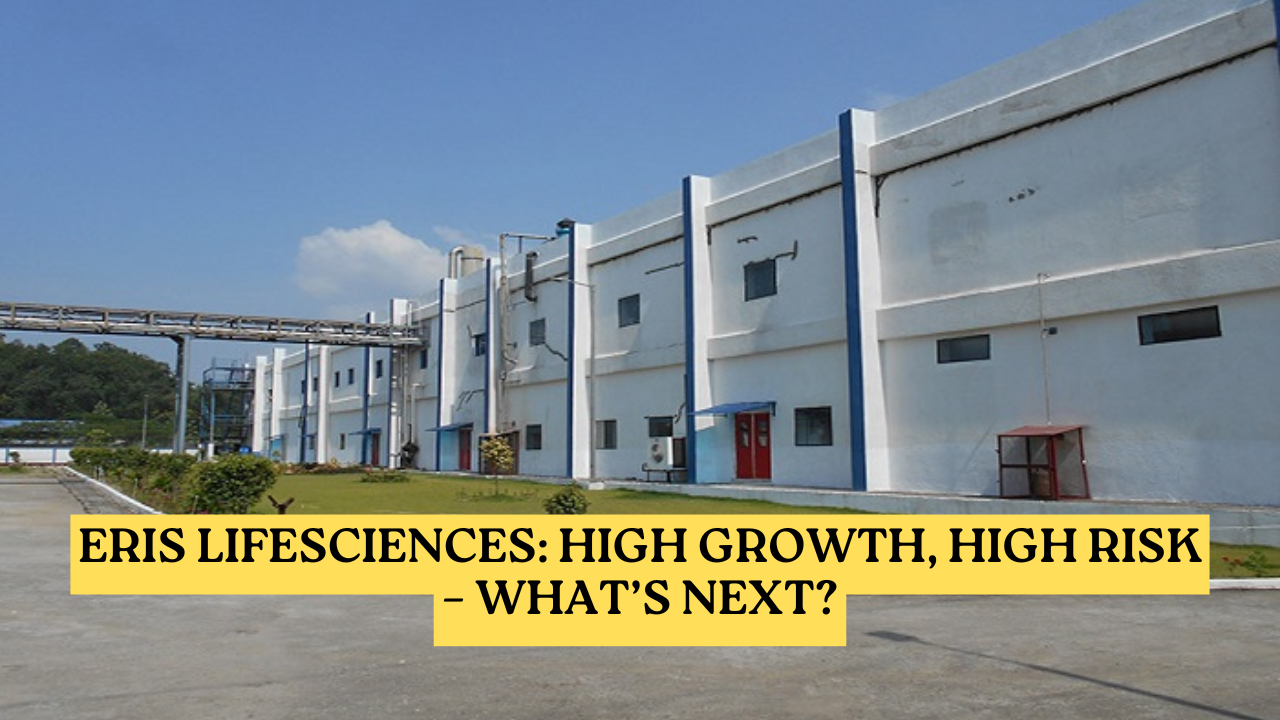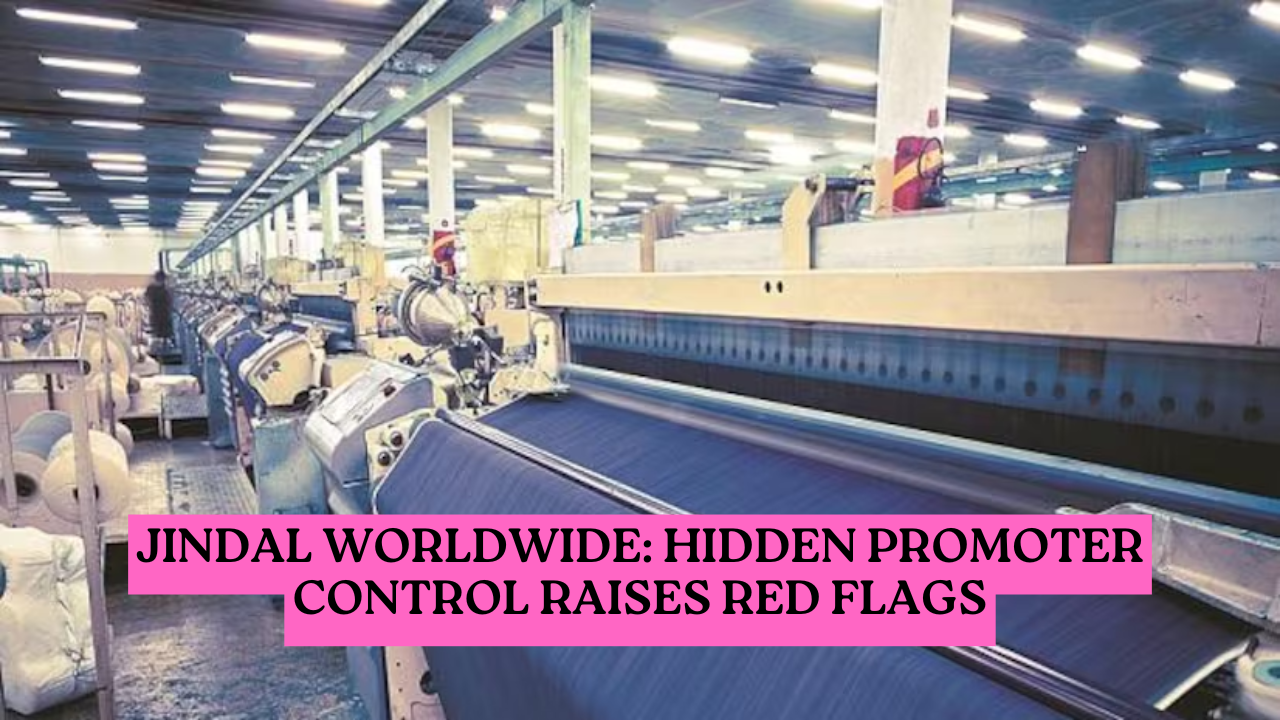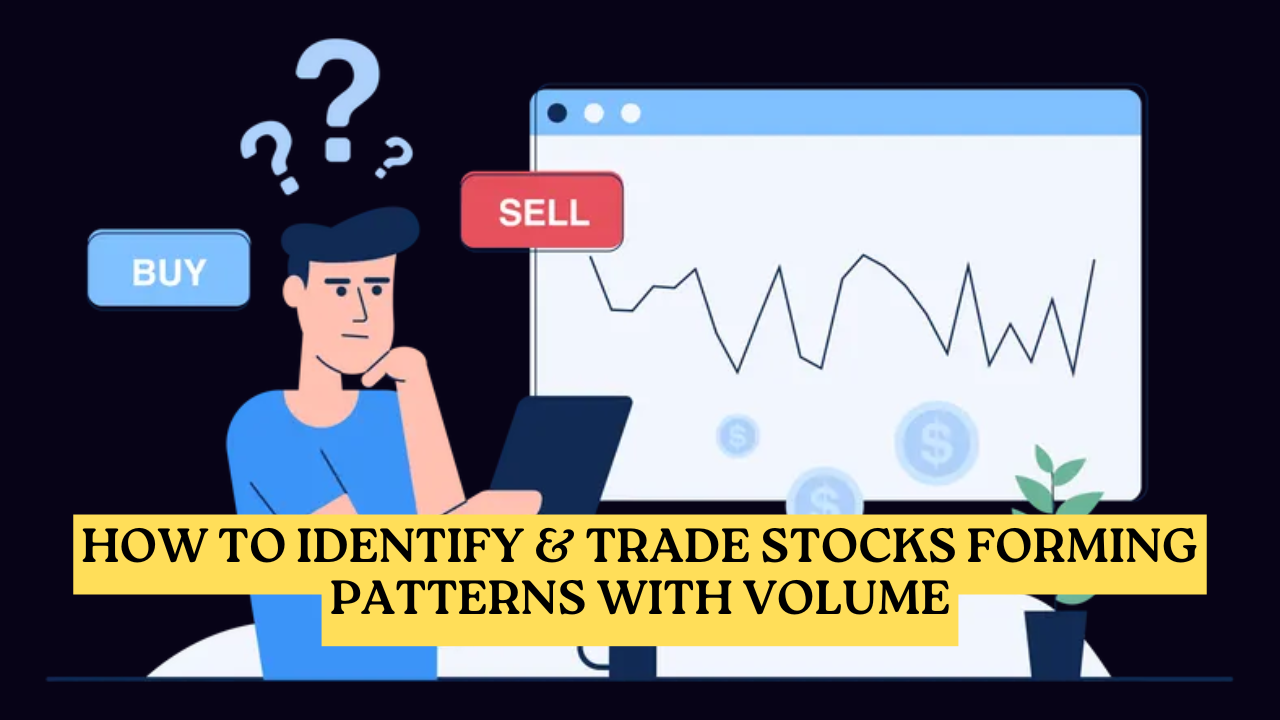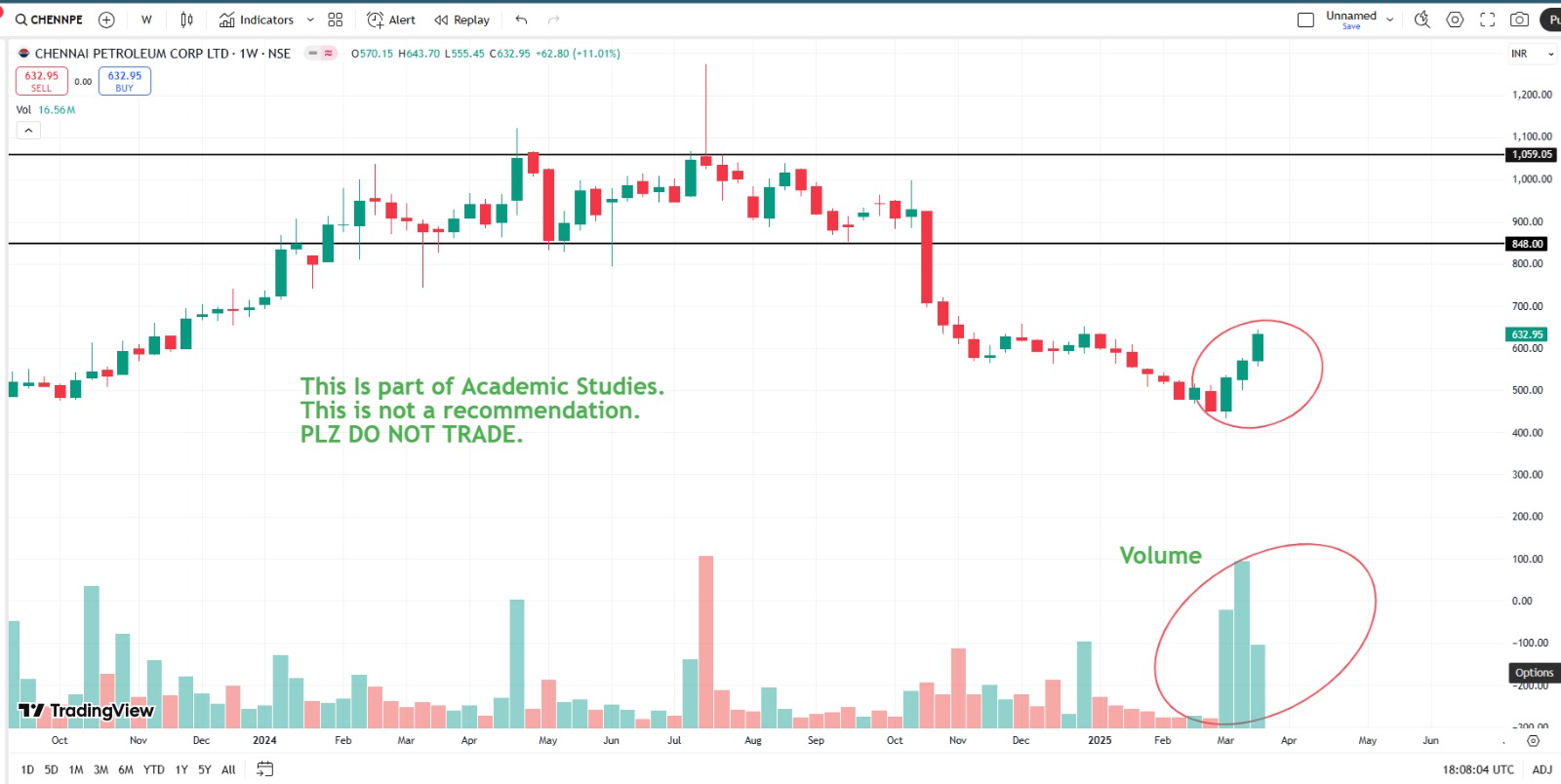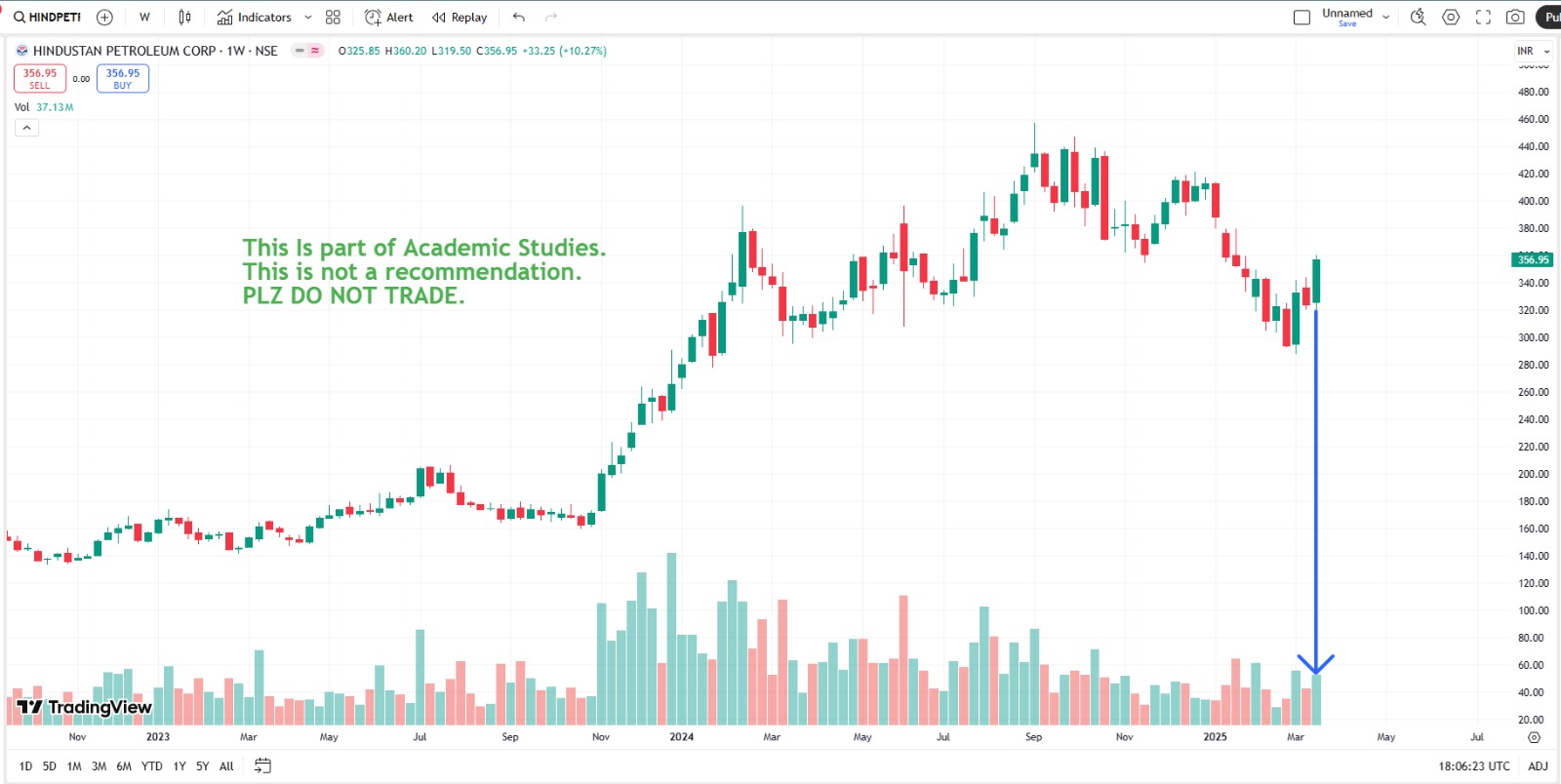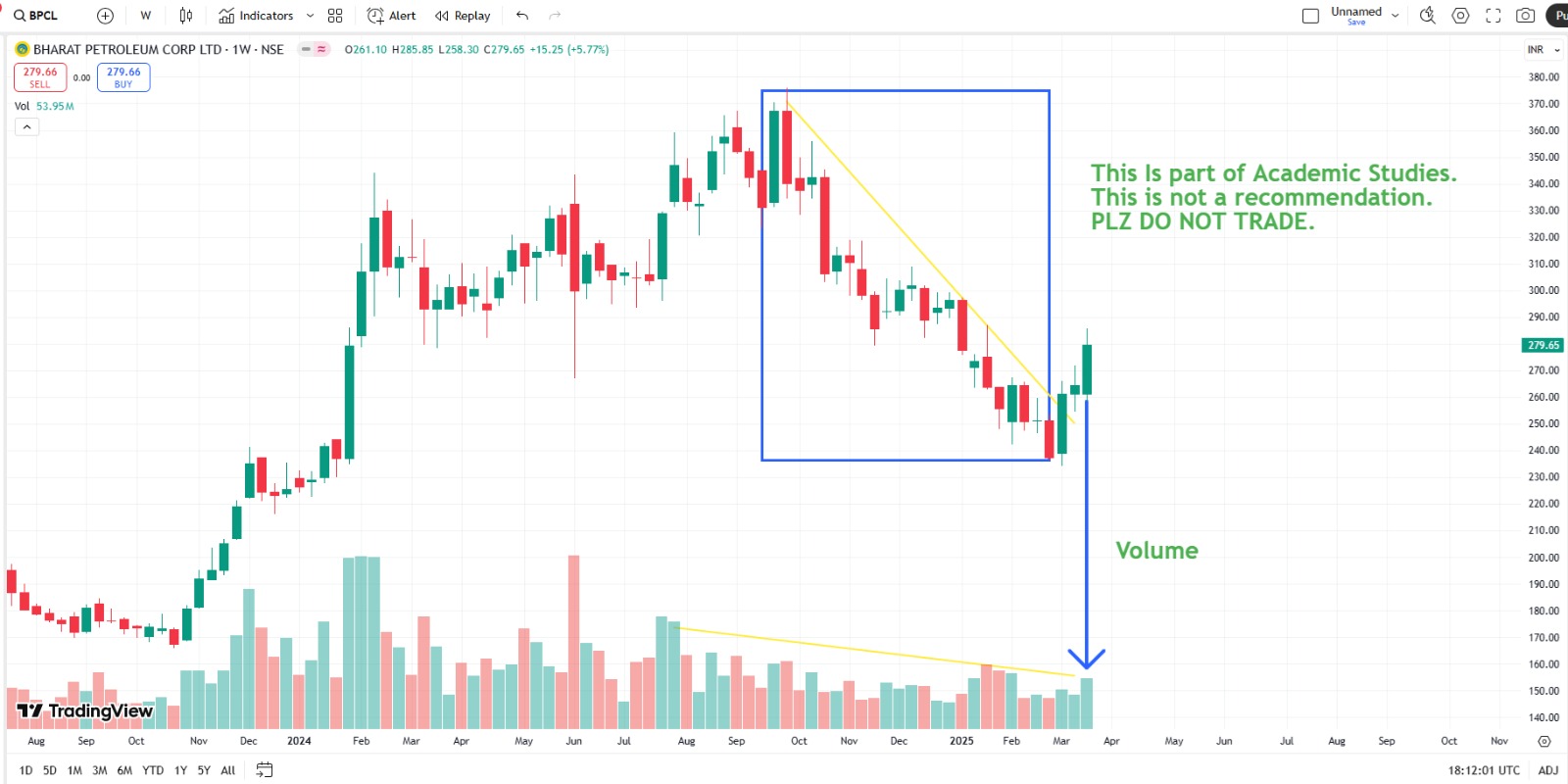Vodafone Idea (Vi) is once again seeking government support to tackle its AGR (Adjusted Gross Revenue) and spectrum dues. At the same time, the company has made a bold claim about deploying 100 new network sites every hour! 🤯
But the big question remains—how is this network expansion possible when Vi is struggling with funding and massive losses? 🤔
AGR & Spectrum Dues: Vi’s Major Financial Challenge 🚨
What Are These Dues?
📌 AGR Dues: Following a Supreme Court ruling, Vi has been burdened with massive AGR payments, which remain unpaid.
📌 Spectrum Dues: The company must make huge payments to the government to use the spectrum for its network, but these dues are still pending.
Current Financial Condition
Vi is still struggling to raise funds, and without additional government support, its survival remains uncertain.
How Is Vi Expanding If It’s Facing a Cash Crunch? 🏗️
With such high debt, is Vi’s claim of adding 100 new towers per hour a reality or just a marketing stunt? Let’s explore some possibilities—
1️⃣ Better Utilization of Existing Infrastructure
Instead of installing entirely new towers, Vi might be:
✔️ Refarming spectrum (converting 2G/3G bands into 4G)
✔️ Installing better equipment to optimize existing networks
2️⃣ Selective Expansion (Strategic Investment)
Rather than covering all of India, Vi may be focusing only on high-revenue areas (metros & urban locations) where it can generate higher ARPU (Average Revenue Per User).
3️⃣ Government Support & Fundraising Efforts
Vi is continuously trying to raise funds from the government and investors. This claim might be a strategy to attract investors by showing signs of growth.
4️⃣ A Pure Marketing Gimmick? 🎭
The “100 towers per hour” claim could simply be a marketing strategy to—
✔️ Build customer trust
✔️ Improve brand perception
✔️ Convince investors and the government that Vi is growing
Reality Check: Is This Even Possible? 🧐
🔴 Vi has ₹2 lakh crore+ in total debt and is still struggling to raise funds.
🔴 If 100 new towers were actually being deployed every hour, there should be noticeable improvements in network performance and user experience—which hasn’t been seen yet.
🔴 Vi is still lagging behind in 5G deployment, so what is the real purpose of these new towers? 🤔
Conclusion: Expansion or Perception Management?
Vi’s network expansion claim appears to be more of a marketing narrative rather than actual large-scale growth. If the company does not achieve financial stability, this expansion will not be sustainable. The coming months will reveal whether this is a real expansion or just a strategy to engage investors and customers! 📈📉
Vi’s Negative Reserves & Government Exit: A Red Flag? 🚨
While Vi makes bold claims about expansion, its financial situation remains extremely weak. One of the biggest indicators of this is its deeply negative reserves, which continue to worsen.
📉 Why Are Vi’s Reserves Negative?
As of September 2024, Vi’s reserves stand at -₹1,65,096 crore—a serious red flag.
🔻 Negative reserves mean that the company’s accumulated losses have exceeded its profits and investments.
🔻 This clearly indicates that Vi is continuously operating at a loss and is moving further away from financial stability.
🧐 Government Is Reducing Its Stake – What Does This Mean?
📌 In March 2023, the government held a 33.18% stake in Vi, but by January 2025, it had reduced its holding to just 22.63%.
📌 The government reducing its stake suggests that it is losing confidence in Vi’s future.
📌 Initially, the government had supported Vi through AGR relief measures and payment extensions, but it now seems reluctant to take on more risk.
📈 Public Holding Is Increasing – Is This a Positive Sign?
As the government and big investors sell their shares, retail investors (the general public) are increasing their stake in Vi.
What This Indicates:
1️⃣ Retail investors believe Vi has the potential to recover, which is why they are accumulating shares.
2️⃣ However, an increase in public holding isn’t always a good sign—if institutions are selling while only retail investors are buying, it often indicates higher risk.
🚨 Conclusion – Is Vi’s Future at High Risk?
🔻 Negative reserves and continuous losses are serious red flags for Vi’s financial health.
🔻 The government reducing its stake suggests that it wants Vi to become self-sufficient, but the company’s financials remain weak.
🔻 Public investors increasing their stake might seem positive, but if the fundamentals do not improve, long-term risks remain high.
👉 Vi’s survival will depend on future government decisions, successful fundraising, and competition in the telecom sector. 📉💸

